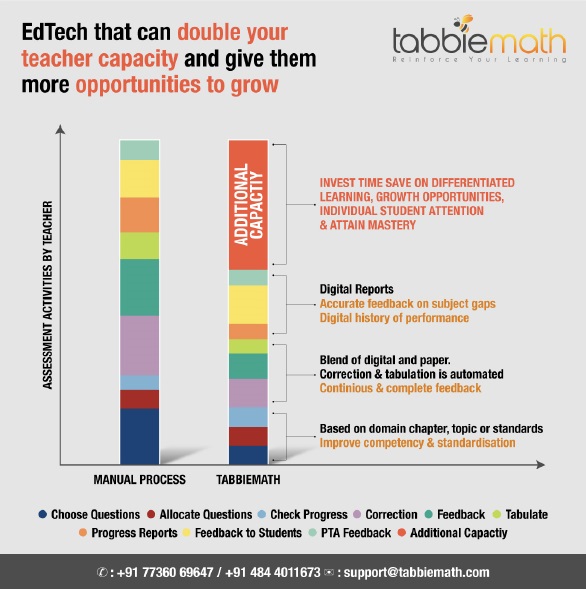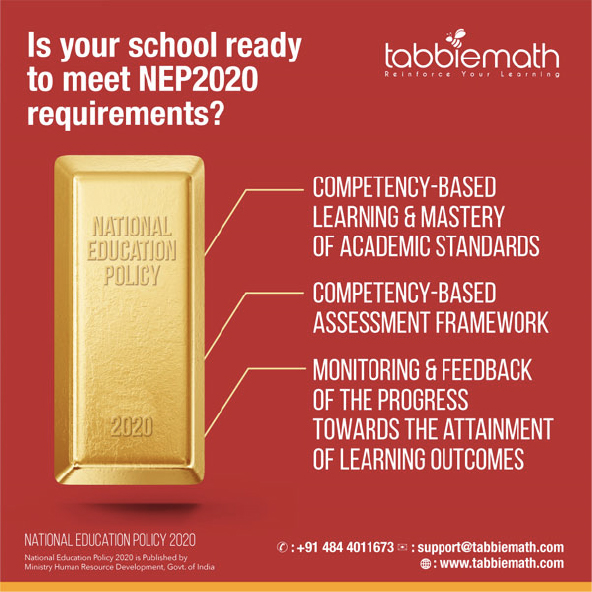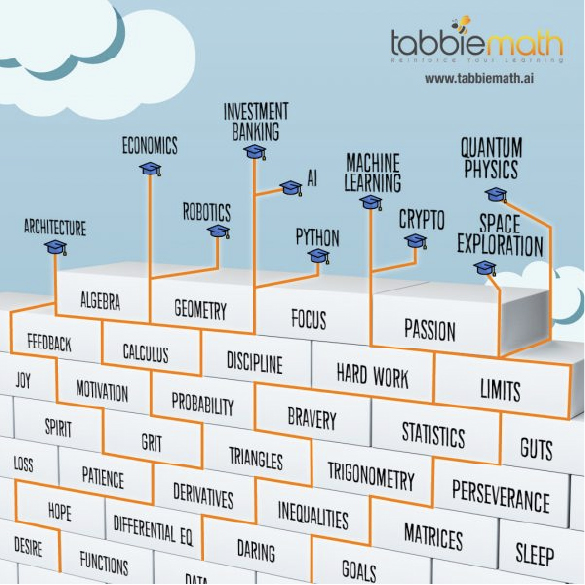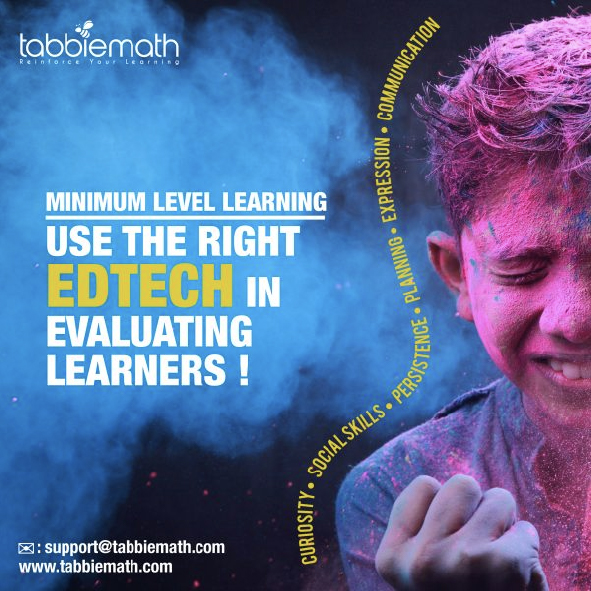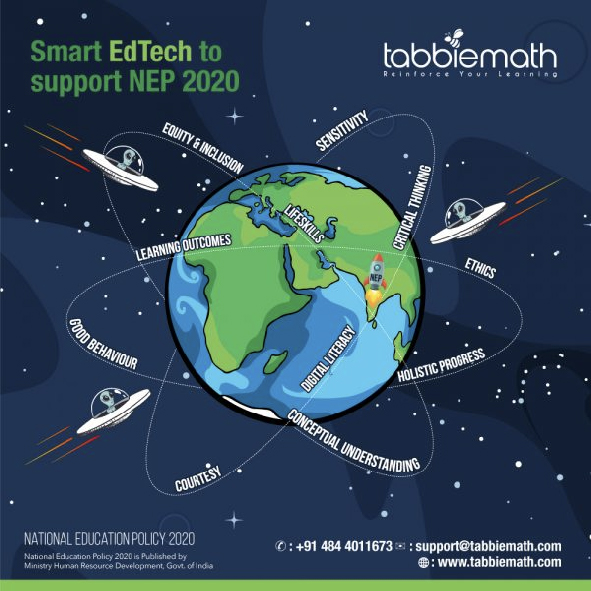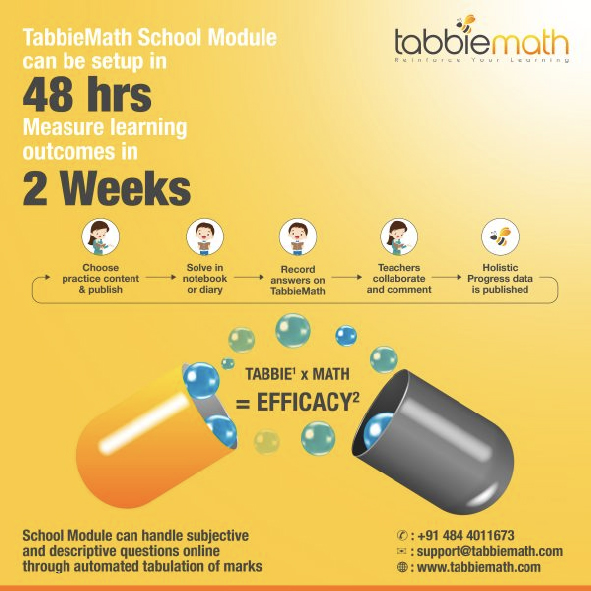Teacher's report covering, on average, only 66 per cent of the usual curriculum during the 2019/20 school year.
The Covid-19 pandemic continues to impact on all areas of society, including education. In March 2020, schools closed their gates to all pupils apart from some countries where vulnerable pupils and children of keyworkers were allowed at school.
14,94,052 India based schools are covered in the revised National Education Policy published in 2020.
In May 2020 NEP 2020 was launched requiring schools to prepare for Competency Based Assessments. CBSE vide Circular No. Acad-05/2019 dated 18.01.2019 has “adopted Learning Outcomes” developed by NCERT and the theme of the Capacity Building Programmes for the year 2020 is Competency Based Education.
~600 million students worldwide are expected to enrol for higher education courses by 2040.
World Bank says its three times the number recorded in 2019. All you have to check is surge in market capitalisation of technology companies to guess where interesting technology jobs are going to be. Tech companies will require more people with strong mathematical and analytical skills to build intelligent tech. Future of work report identifies 'Complex problem-solving' among the top 3 skills required.
Research has shown time and again that childhood experiences and learning have lasting impacts.
Apart from social and emotional development, early childhood experiences contribute to shaping a child's learning capacity and the way they process new information. This is where education in the foundational and preparatory years become crucial.
NEP has the potential to make a sustainable impact in a person's life and wider impact in a country with a relatively young population – Early Childhood Care and Education (ECCE).
World Bank says its three times the number recorded in 2019. All you have to check is surge in market capitalisation of technology companies to guess where interesting technology jobs are going to be. Tech companies will require more people with strong mathematical and analytical skills to build intelligent tech. Future of work report identifies 'Complex problem-solving' among the top 3 skills required.
Schools that use Tabbie, instantantly align to the holistic progress reporting requirements of NEP 2020.
Apart from social and emotional development, early childhood experiences contribute to shaping a child's learning capacity and the way they process new information. This is where education in the foundational and preparatory years become crucial.
